A review and photo examples of the ELMARIT-R 28mm (Type II).
- Please see the disclaimer regarding advertising here.
- Italicized links in the text are advertisement links that take you to other sites.
Table of contents
Gallery
The following cameras were used to take the sample photos:
- LEICA R8 +FUJIFILM 100(SLR camera + negative film)
- LEICA R8 +Digital Module R(DMR)(Digital SLR camera)
- CANON EOS-1Ds Mark-III(Digital SLR camera)
- CANON EOS-1D Mark-IV(Digital SLR camera)
- LEICA SL Typ601(Mirrorless camera)
- LEICA M-P typ240(Mirrorless camera)
- SONY α7Sii(Mirrorless camera)
- Click on the photo to enlarge
Review

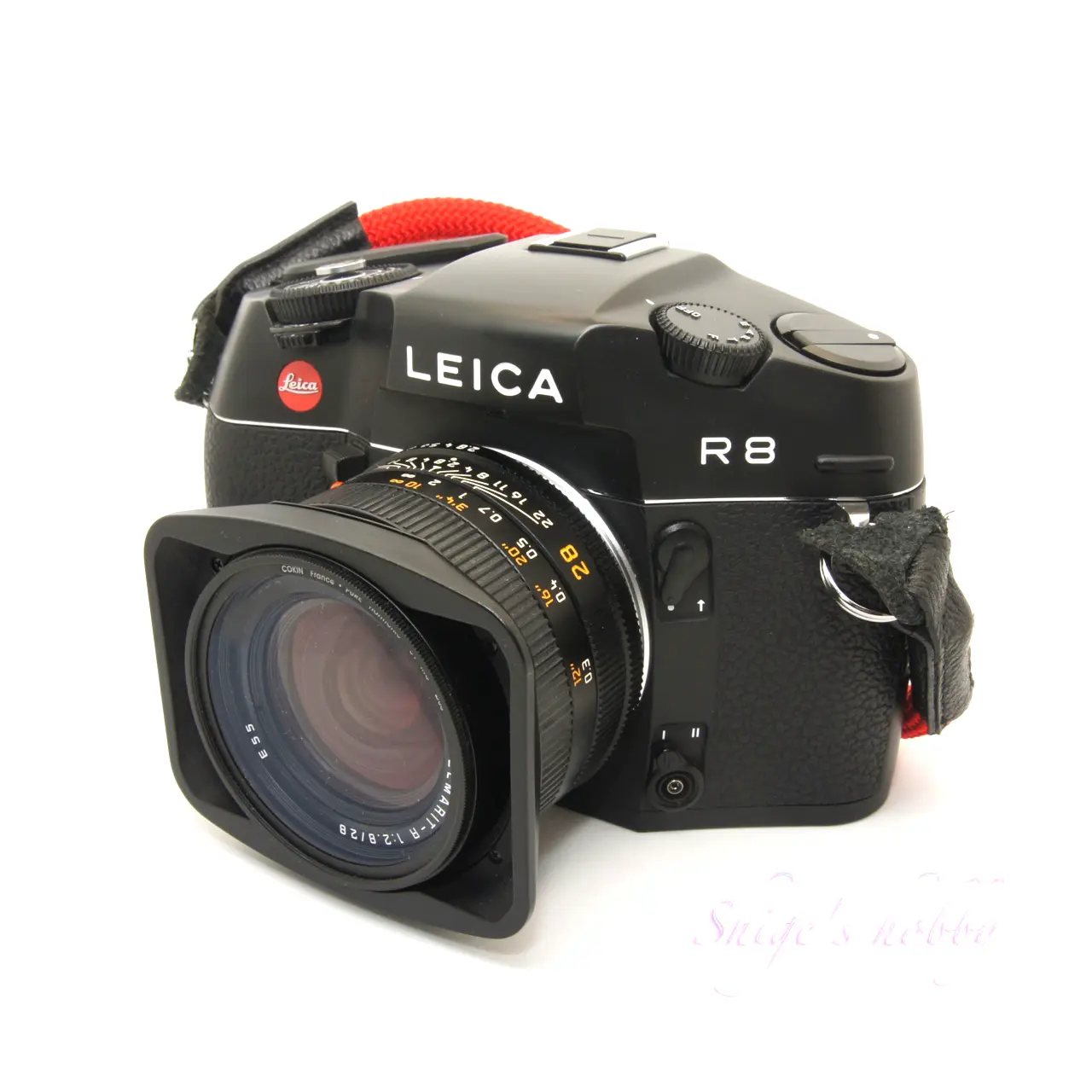
1.Overview
The Elmarit-R 28mm Type 2 is an R-mount wide-angle lens released in 1993.
It features a built-in rectangular hood, a 55mm filter diameter, a minimum focusing distance of 0.3m, and weighs 435g.
It was released in 1993, a time when cameras like the R8 and R7 were still in use. To accommodate older R-mount cameras, the 3-CAM and R-CAM models were released, as well as the R-CAM+ROM for newer R-mount bodies like the R8 and R9.
For lenses with a ROM connector, using the LEICA R-Adapter-L (16076) on a Leica L-Mount Alliance body allows information such as aperture value and lens name to be recorded in the EXIF file of captured image files.
Its exterior design places it among the new generation of R lenses. Its distinctive appearance makes it the only lens with such a built-in rectangular hood. Other new generation R lenses include the SUPER ELMARIT R 15mm, SUMMILUX R 50mm E60, APO SUMMICRON R 90mm, and APO ELMARIT 180mm.
2.Usability
The Elmarit-R 28mm Type 2 delivers satisfying images even at wide open aperture, with no degradation even at the edges of the image in both digital and film cameras, producing images with a sense of overall resolution.
The focus ring has a relatively shallow 90-degree angle from infinity to the minimum focusing distance of 0.3m, providing a light focusing feel and a design that prioritizes quick focal length changes.
It’s also compact for an SLR lens, making it easy to handle and the lens hood is effective and easy to use.
■ Film camera LEICA R8
When using it with the LEICA R8 film camera, the lens’s deep depth of field made it often difficult to determine the peak of focus in the viewfinder, so if I had the shutter speed available I would often stop down the aperture a little and set the distance to achieve pan focus.
The negative film I used seemed to lack resolution in terms of film depiction, so reversal film would seem to be a better choice.
■Digital SLR camera
The Digital Module R (DMR) is equipped with a 10-megapixel APS-H-size sensor, which is smaller than 35mm film. Because the image is cropped at the edges, the resulting image appears more vivid. However, the focal length increases accordingly; a 28mm focal length is multiplied by the sensor’s conversion coefficient of 1.37, resulting in a 35mm equivalent distance of 38mm.
The ELMARIT R 28mm is compact for a lens compatible with the DMR, making it ideal for street snapshots. Its distortion and resolution are excellent, making it an easy-to-use snapshot lens if you don’t mind the size of the camera body.
When you attach a lens with a ROM terminal to the DMR and take a photo, the lens information used will be recorded in the EXIF file, as shown below.
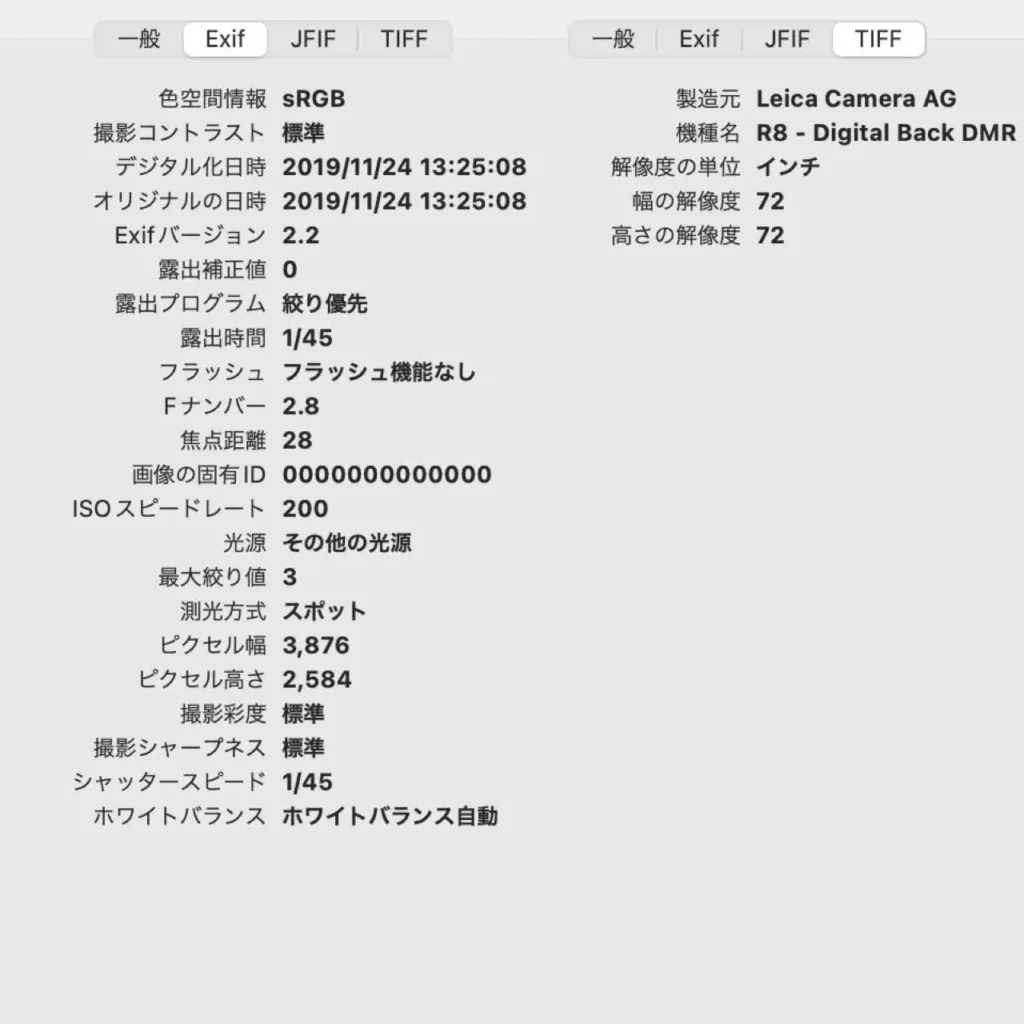
I used this lens with the Canon EOS series EOS-1Ds Mark-III, which has a 35mm full-frame sensor, and the EOS-1D Mark-IV, which has an APS-H sensor. This lens works without any problems with either EOS digital SLR camera.
When using a Leica R-mount wide-angle lens with a 35mm full-frame sensor via a mount adapter, some lenses cannot be used because the protruding rear element is detected by the EOS sensor and an Error occurs. However, this lens is a valuable wide-angle lens that can be used with the EOS-1Ds MKIII.
The 35mm film equivalent focal length of the EOS-1D Mark-IV is multiplied by a 1.3x conversion factor to obtain a focal length equivalent to 36mm.
Because the EOS-1D Mark-IV’s sensor size is smaller than 35mm film, the periphery of the lens is cropped, extracting only the best image quality from the center of the lens, eliminating the vignetting that can be a problem with wide-angle lenses. Additionally, the center of the lens is less susceptible to distortion, resulting in a clearer depiction.
■Leica-SL (Typ601) & LEICA M-P typ240
The LEICA SL Typ601 is equipped with a 24-megapixel image sensor, and the 35mm full-frame SL can be used at an actual focal length of 28mm.
When used with a mirrorless camera, the electronic viewfinder’s (EVF) partial magnification function offers a major advantage over an SLR camera, allowing for more precise focus. Using an EVF is particularly beneficial with wide-angle lenses, as it is often difficult to determine the focus point using an SLR camera’s viewfinder.
The center of the image was fine with both cameras, but the 35mm full-frame sensor camera, the LEICA SL Typ601, sometimes exhibited slight distortion around the edges.
The LEICA SL Typ601 was used via the Leica genuine mount adapter, the Leica R-Adapter L (16076). When using the Leica R-Adapter L (16076), registered information for lenses with a ROM terminal is transferred to the camera, and lens information is automatically recorded as Exif data in the captured image data.
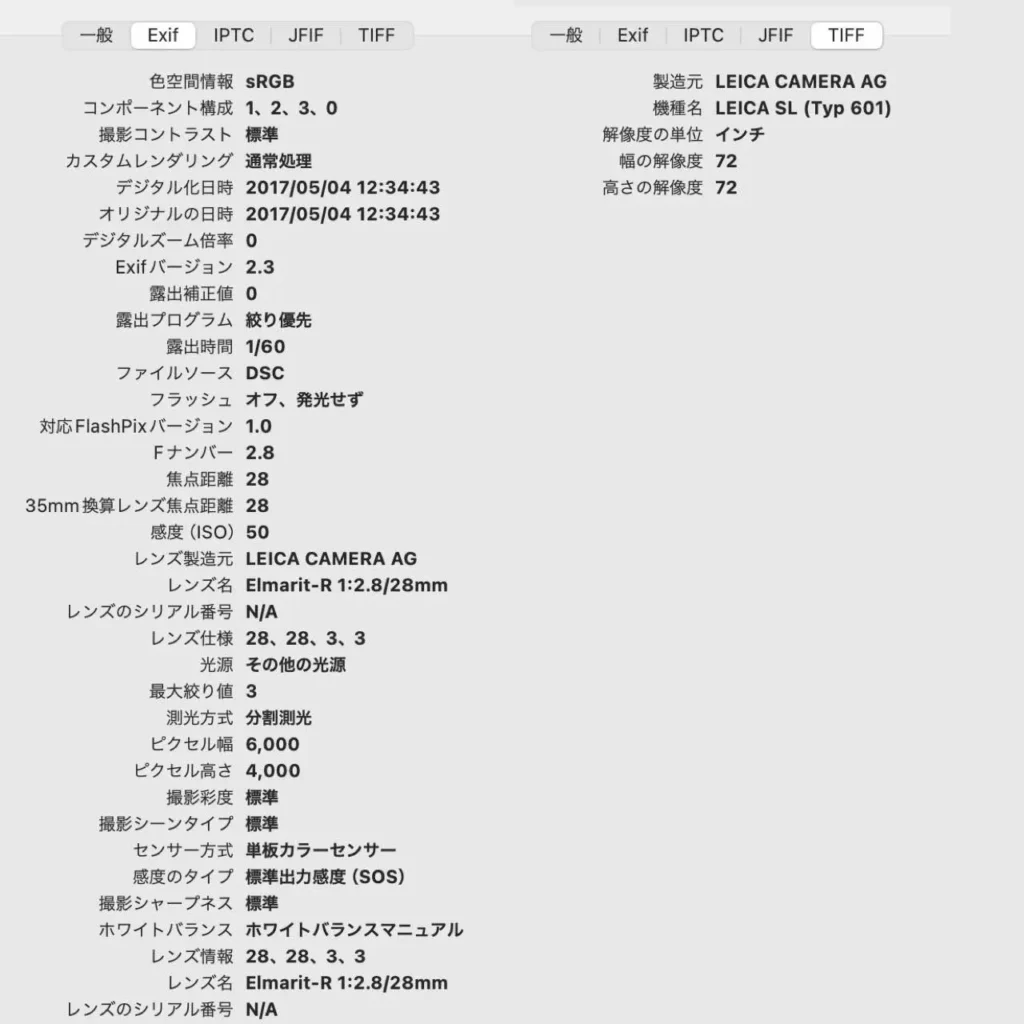
Because the LEICA M typ240 is a rangefinder camera, it is not possible to check the focus position in the viewfinder with lenses other than those with M-mount lenses that are linked to the rangefinder. Even if an R-mount lens is attached to the camera via the Leica R adapter for M (14642), it will not be linked to the camera’s rangefinder.
As a result, in order to check the focus position, an external electronic viewfinder (EVF-2) must be attached.
When the LEICA M typ240 is equipped with the EVF-2, it operates in the same way as a mirrorless camera, but compared to when an M-mount lens is attached, the camera’s processing speed slows down due to the EVF processing, resulting in significantly slower shutter response.
Furthermore, when using the R adapter for M (14642), you can select registered R-mount lenses from the menu and record them in Exif. Lenses not registered in the menu cannot be added, so you will have to select a lens that is close to the original.

■SONY α7Sii
The camera body is compact compared to the lens size, so when the camera and lens are attached, the body is overshadowed by the lens. The mount adapter used is the Metabones R-E mount adapter.
Although the sensor is a 35mm full-frame, it only has a modest 12 megapixels, so there is no significant degradation in image quality even when using this older wide-angle lens. Also, the accuracy of the focus position provided by the electronic viewfinder is a major advantage of mirrorless cameras, just like the LEICA SL Typ601.
The R-M mount adapter and M-E mount adapter can also be stacked. Because this lens is light, there are no issues with stacking the mount adapters, but the auxiliary helicoid is close to the body, making the sub-focus ring difficult to turn. Furthermore, the minimum focusing distance of the ELMARIT R 28mm is 0.3m, so there are few situations where the auxiliary helicoid is necessary.
■HASSELBLAD X2D-100C
The HASSELBLAD X2D-100C is a mirrorless camera equipped with a medium-format digital sensor. The sensor size is larger than 35mm film, and the focal length conversion factor for 35mm film is 0.8x. If the image circle covered the medium-format digital sensor, it would be a wide-angle lens equivalent to 22mm.
When used with the X1D2-50C medium-format digital camera, which has a sensor size of 44mm x 33mm, the image circle was insufficient at the edges for the medium-format digital sensor, but this was only about 10%. The 36 x 24 mm size of the 35mm format is 20% smaller than a medium-format digital sensor, so the shooting range of this lens is larger and more spacious than that of the 35mm format.
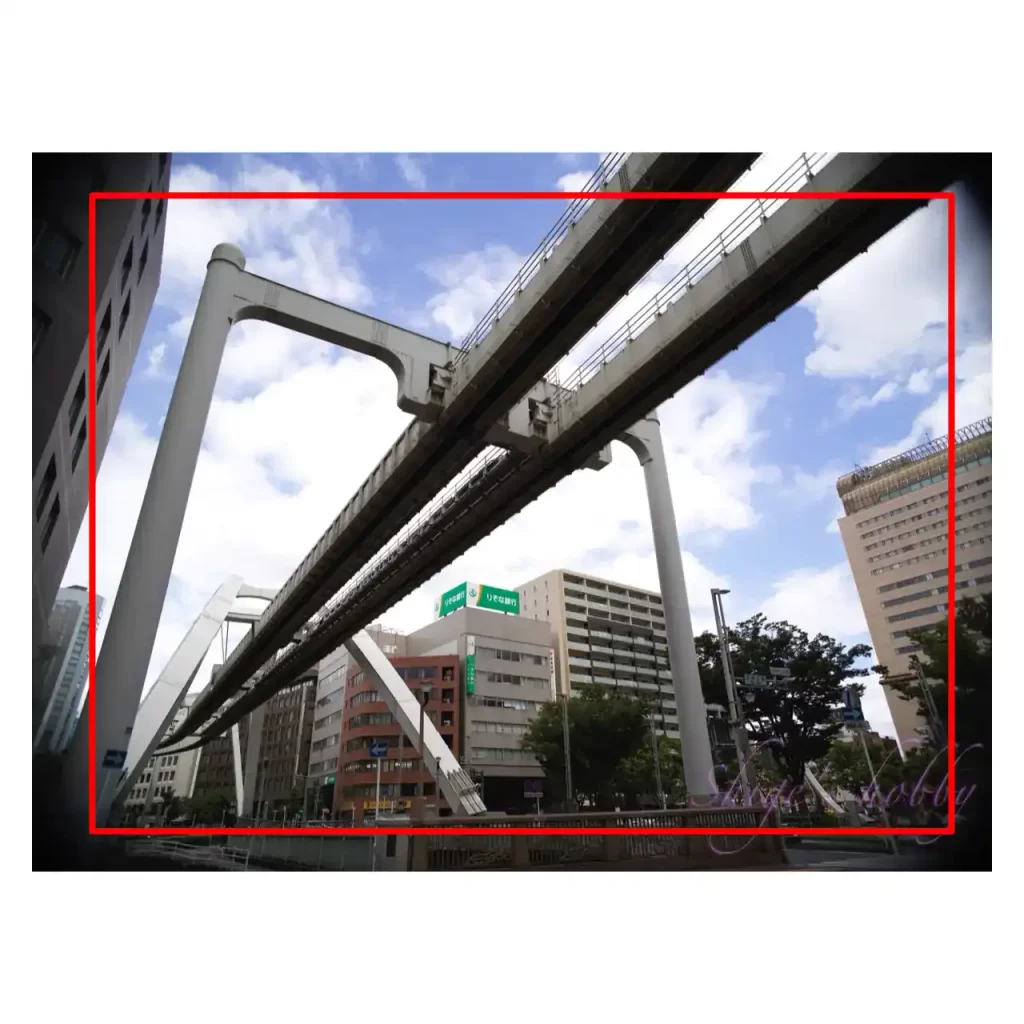
3.Summary
In conclusion, to sum up the Elmarit-R 28mm 2-inch is a wide-angle lens that produces a modern image. Among R-mount wide-angle lenses, it has the advantage of being easy to use with cameras from other companies via a mount adapter because the rear lens does not protrude much.
It is not widely available in Japan, and there are a fair number of them listed on eBay, but they are all priced at quite high prices, so when purchasing, you need to determine whether the price is worth it.
Specification and Competitor
In the image below, the Elmarit R 28mm Type 2 looks larger, but when a hood is attached to the Elmarit R 28mm Type 1, the sizes are reversed.
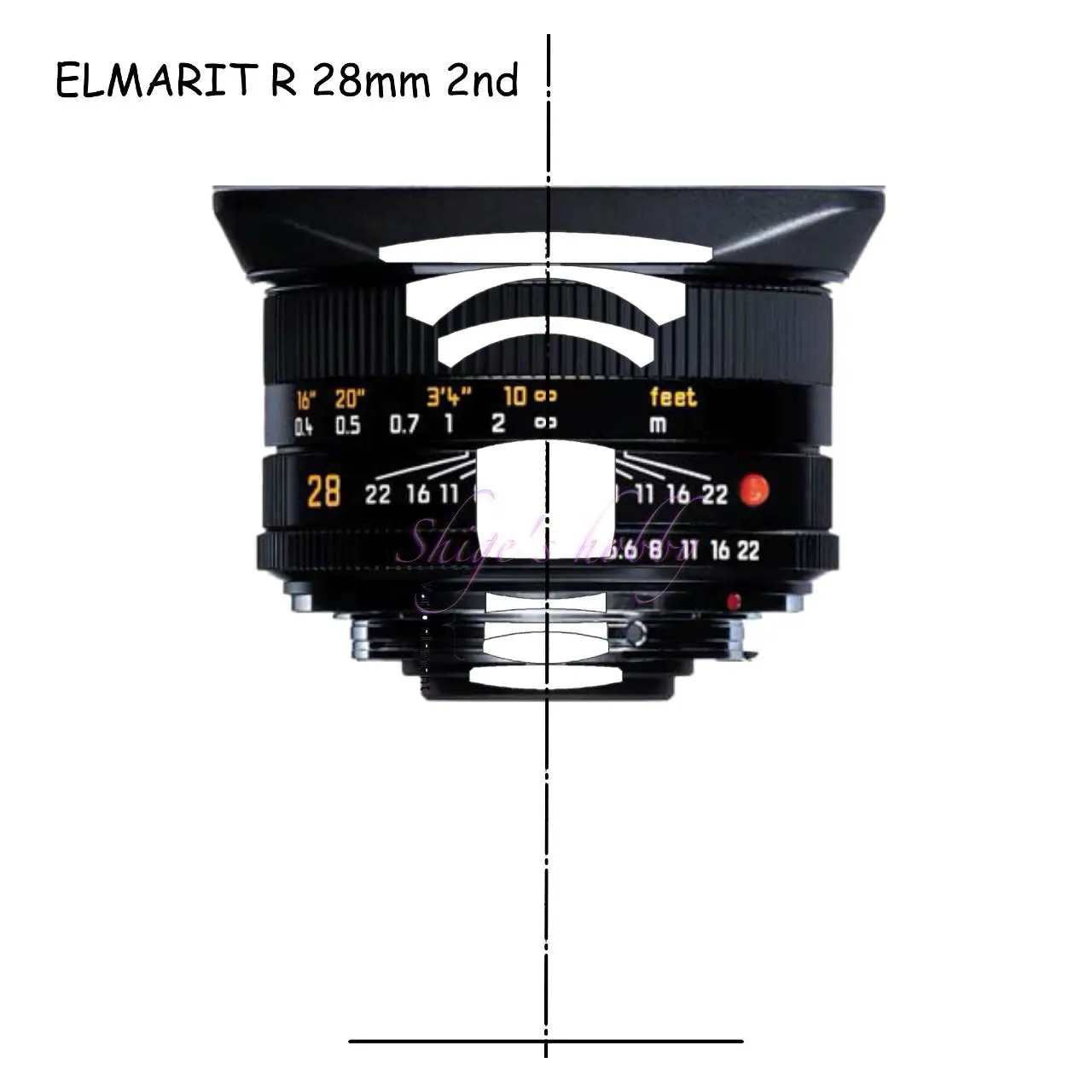
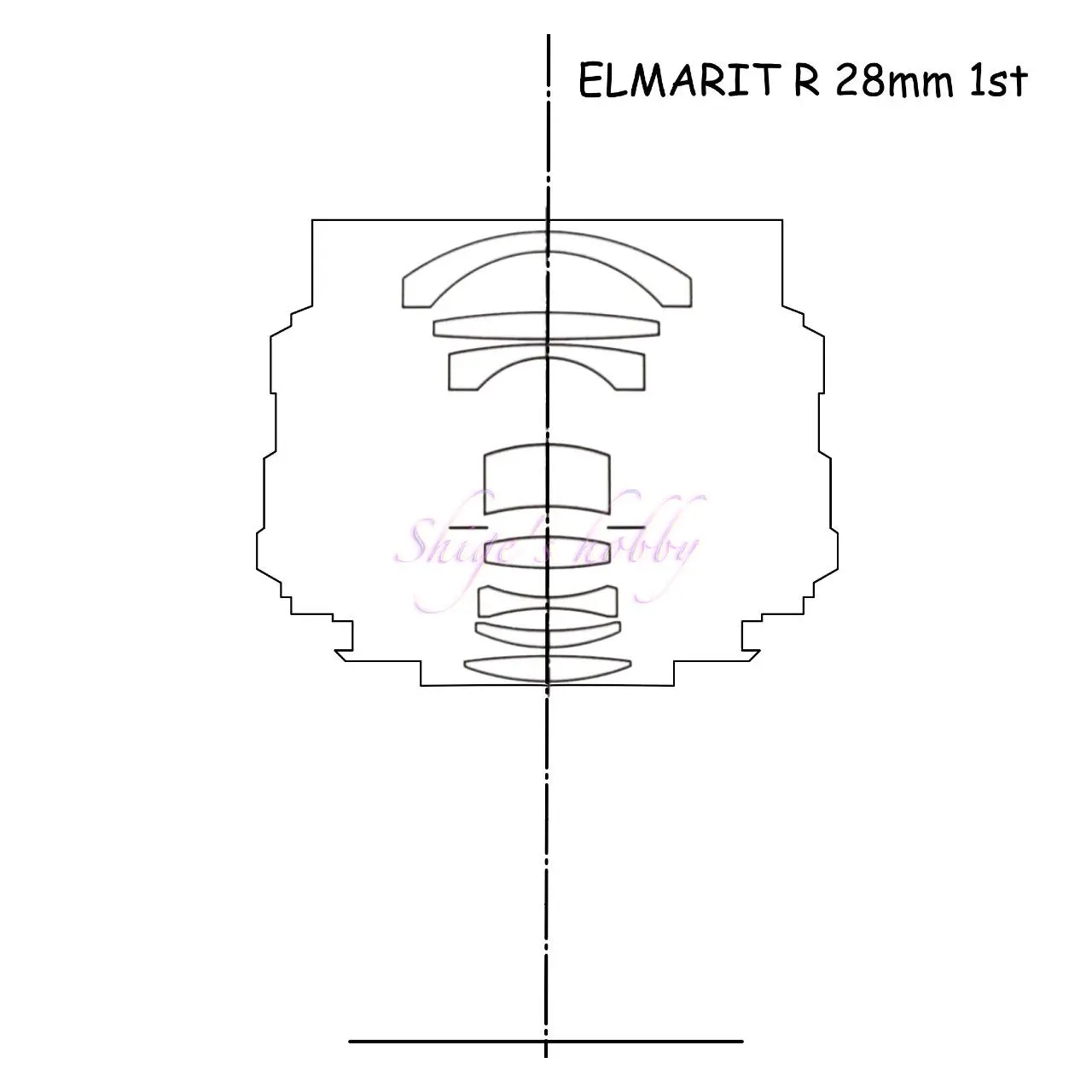
| Items | I型 | II型 |
| Focal length(mm) | 28 | 28 |
| Max aperture | 2.8 | 2.8 |
| Min aperture | 22 | 22 |
| Leaf blade | 8 | 6 |
| Lens Construction | 8 elements in 8 groups | 8 elements in 7 groups |
| Min distance(m) | 0.3 | 0.3 |
| Lens length(mm) | 40 | 48 |
| Max diameter(mm) | 63 | 67.5 Width of square hood = 76mm |
| Filter Size(mm) | Series 7,48 mm | 55 |
| Hood | 12509 | Build in |
| Weight(g) | 390 | 435 |
| Release date | 1970 | 1993 |
Reference links
Affiliate link
- Leica R lens・Ads by ebay
- Leica M lens・Ads by ebay
- Leica TL・Ads by ebay
- Leica SL・Ads by ebay

Update history
- 2025.11.25
- 2025.6.1
- 2024.1.3
- 2024.02.16:Update article
- 2022.02.08:First draft

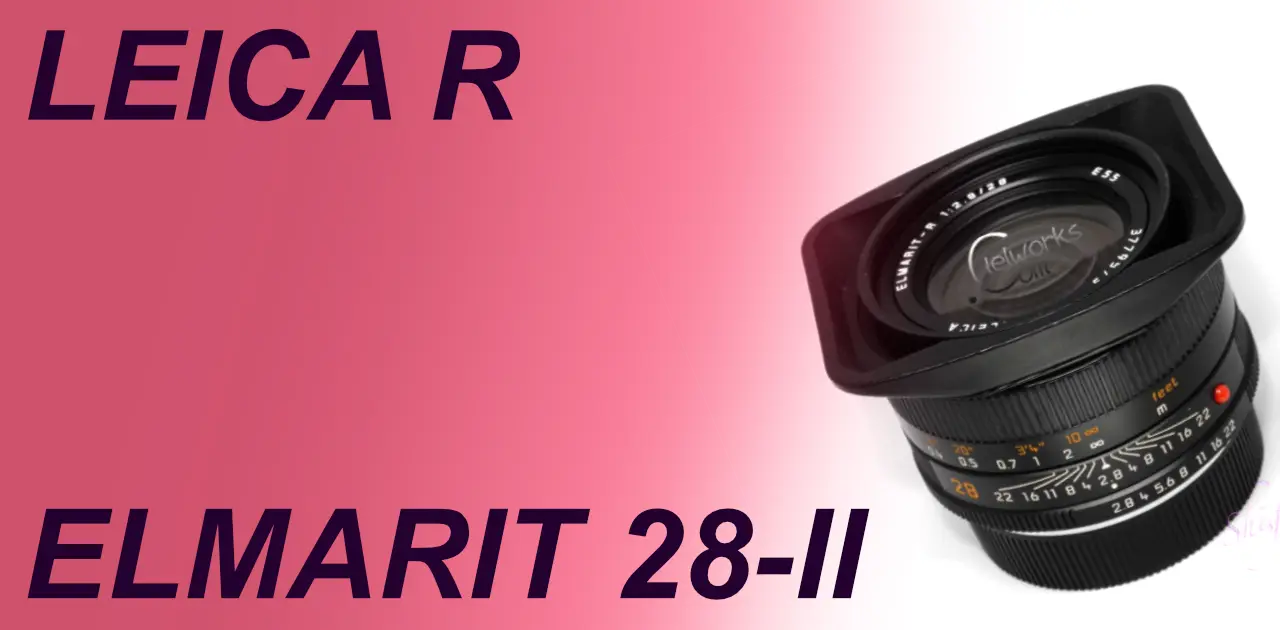

Be First to Comment